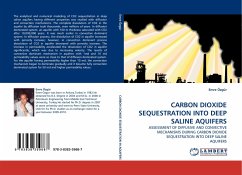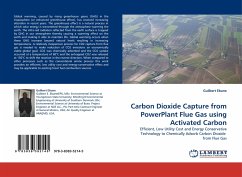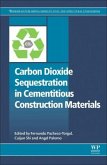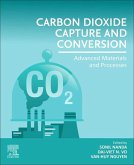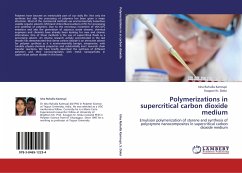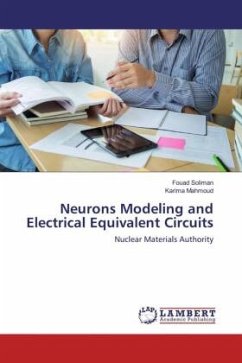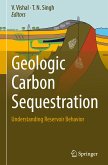The analytical and numerical modeling of CO2 sequestration in deep saline aquifers having different properties was studied with diffusion and convection mechanisms. The complete dissolution of CO2 in the aquifer by diffusion took thousands, even millions of years. In diffusion dominated system, an aquifer with 100 m thickness saturated with CO2 after 10,000,000 years. It was much earlier in convective dominant system. In diffusion process, the dissolution of CO2 in aquifer increased with porosity increase; however, in convection dominant process dissolution of CO2 in aquifer decreased with porosity increase. The increase in permeability accelerated the dissolution of CO2 in aquifer significantly, which was due to increasing velocity. The results of convective dominant mechanism in aquifers with 1md and 10 md permeability values were so close to that of diffusion dominated system. For the aquifer having permeability higher than 10 md, the convection mechanism began to dominate gradually and it became fully convection dominated system for 50 md and higher permeability values.
